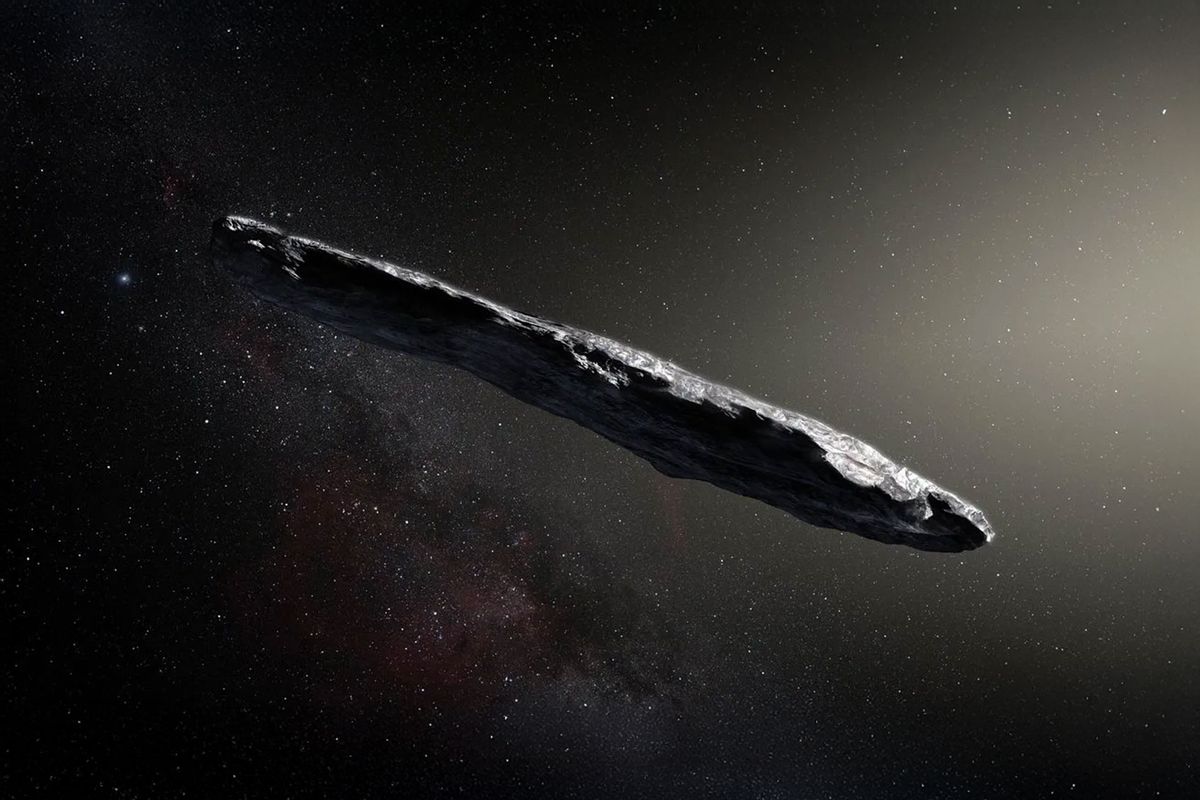


There’s a lot of stuff in space that we know is there but we can’t see very well or at all. Some of this stuff is known as mysterious dark matter, others are things like dark comets, which as their name suggests, are far more difficult to see from Earth than something like Tsuchinshan-Atlas. Dark comets range in size from a few feet to several hundred yards, are often composed of rare minerals and tend to spin so fast they are hard to detect.
Despite these obstacles, however, scientists publishing in the journal Proceedings of the National Academy of Sciences say they have discovered more dark comets in our solar system than previously thought. In fact, thanks to their research, the number has now doubled.
Though not technically a dark comet, the 2017 interstellar asteroid 'Oumuamua moved in a manner so similar to a dark comet that astronomers used it to guide their current research. The first actual dark comet was reported less than two years ago, followed shortly thereafter by the discovery of six more. The new paper adds an additional seven dark comets to the list, including bigger ones that inhabit the outer solar system and littler ones that remain in the inner solar system.
“The study demonstrates that there are more dark comets in the Solar System than we knew of before,” Darryl Seligman, lead author of the study and an astrophysics postdoctoral fellow at Michigan State University, told Salon. “Moreover, these new results show that there appears to be two different types of dark comets within the solar system. More data and analysis will be required to quantify the differences between these two nominal ‘families’ of dark comets.”
To do this, Seligman and the team of researchers working with him plan on using data from operating facilities around the world, particularly the Rubin Observatory Legacy Survey of Space and Time (LSST), which was funded by the National Science Foundation.
“Dark comets are a new potential source for having delivered the materials to Earth that were necessary for the development of life,” Seligman said. “The more we can learn about them, the better we can understand their role in our planet’s origin.”
Read more
about space
